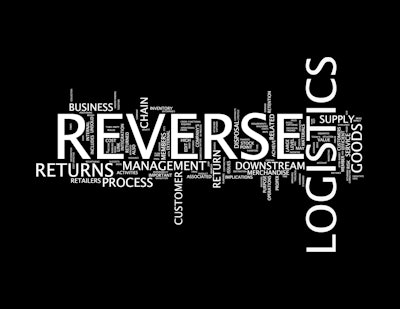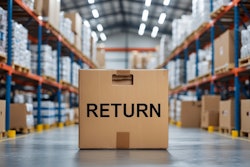
In today’s fast-paced e-commerce landscape, returns and excess inventory present significant challenges. These include logistical costs, environmental impacts from waste and carbon emissions, and the underutilization of goods that could serve a second purpose. Excess inventory is often seen as a liability, something to offload, liquidate, or quietly discard. But it can actually be one of the most underutilized strategic assets in retail today. When paired with the right technology and intent, excess inventory can become a powerful driver of financial savings, sustainability progress, and community impact.
Traditionally, products deemed unsellable due to returns, minor damage, or being out of season, often end up in landfills. While this approach may resolve short-term logistical hurdles, it contributes to long-term environmental harm. Many of these products remain fully functional and could fulfill unmet needs in under-resourced communities.
Donation-centered redistribution offers a more sustainable alternative. By channeling surplus inventory toward non-profits, organizations help reduce landfill contributions, cut carbon emissions from unnecessary reverse logistics, and offer direct support to communities with limited access to essential goods. This approach aligns with the growing pressure on non-profits, which are often expected to do more with shrinking budgets.
Sustainability and e-commerce
E-commerce has introduced new environmental pressures, including an increase in packaging waste, return shipments, and overall carbon footprint. Most companies have yet to fully embrace a circular economy. The growing waste generated by e-commerce presents a clear opportunity to implement more circular practices and significantly reduce operational waste.
Despite these challenges, there are also opportunities for innovation through digital infrastructure. Unlike traditional retail, online platforms can leverage real-time inventory tracking, automated donation systems, and emissions analytics to embed sustainability into operations.
By treating sustainability not as a fleeting concern but as a core business function, e-commerce companies can reduce costs and build more resilient supply chains. Donation models that address waste from returns are one such example of redefining excess as a resource rather than a liability.
Additionally, having sustainability at the forefront of business strategy will also increase support from consumers. According to the PwC’s 2024 Voice of the Consumer Survey, consumers are willing to pay a 9.7% sustainability premium, despite inflation, to support sustainability efforts.
Donation as a supply chain strategy
The system is broken: perfectly good products (returns, clearance items, display models, samples) are ending up in landfills or gathering dust in warehouses, while nonprofits struggle to find essential supplies. The issue isn’t a lack of goodwill. It’s a lack of infrastructure.
Most retailers handle unsellable inventory through liquidation or disposal. But liquidation often recovers just a fraction of the original value, and disposal adds costs and environmental risk. What if, instead, those same items could be matched directly to nonprofits that need them?
Some platforms automatically pair excess and returned items to pre-vetted non-profits, based on item type, location, and need. Whether inventory is returned to a store, warehouse, or customer doorstep, donation are routed with near-zero lift from internal teams.
Looking ahead
As the volume of online shopping continues to grow, so too does the importance of addressing the environmental and social consequences of returns and excess goods. Raising awareness about the impact of waste, emissions, and packaging is crucial. More importantly, scalable donation-based systems offer a viable path forward.
More and more, excess inventory is becoming a litmus test for how sustainable—and strategic—a retailer truly is. Donation offers a rare triple win: cost reduction, community impact, and consumer trust.
Donation is no longer simply an act of goodwill but it is a practical strategy for creating a more circular, equitable, and sustainable supply chain. By integrating these approaches, e-commerce businesses can not only reduce their environmental footprint but also generate positive social outcomes, reinforcing the idea that sustainability and profitability can go hand in hand.
In this evolving landscape, turning returns into resources is the new default; one where donation is not a last resort, but a first choice. One where excess inventory isn’t just managed—it’s mobilized for good.




![Pros To Know 2026 [color]](https://img.sdcexec.com/mindful/acbm/workspaces/default/uploads/2025/08/prostoknow-2026-color.mduFvhpgMk.png?auto=format%2Ccompress&bg=fff&fill-color=fff&fit=fill&h=100&q=70&w=100)







![Pros To Know 2026 [color]](https://img.sdcexec.com/mindful/acbm/workspaces/default/uploads/2025/08/prostoknow-2026-color.mduFvhpgMk.png?ar=16%3A9&auto=format%2Ccompress&bg=fff&fill-color=fff&fit=fill&h=135&q=70&w=240)







